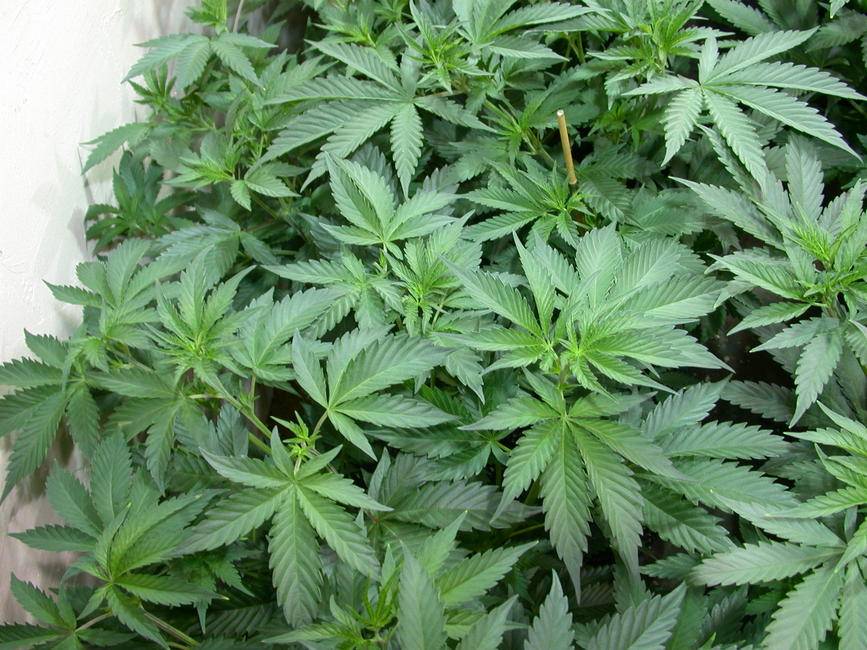OrganicLearner
Member
Through an fpe maybe? I'm assuming the agsil 16 is organic right? Just has a synthetic sounding name to it
 it's a pity my canna brothers but that is all i can do presently.
it's a pity my canna brothers but that is all i can do presently. 
The recipe calls for a whole stick...why cut yourself short?
That one would the one to focus on if I knew anything about breeding plants.Blue Orca x NL5/Haze

That one would the one to focus on if I knew anything about breeding plants.
YMMV
CC
I'd leave it alone or at least keep it available as a F1
Let others 'fix' it - as is the usual pattern
CC